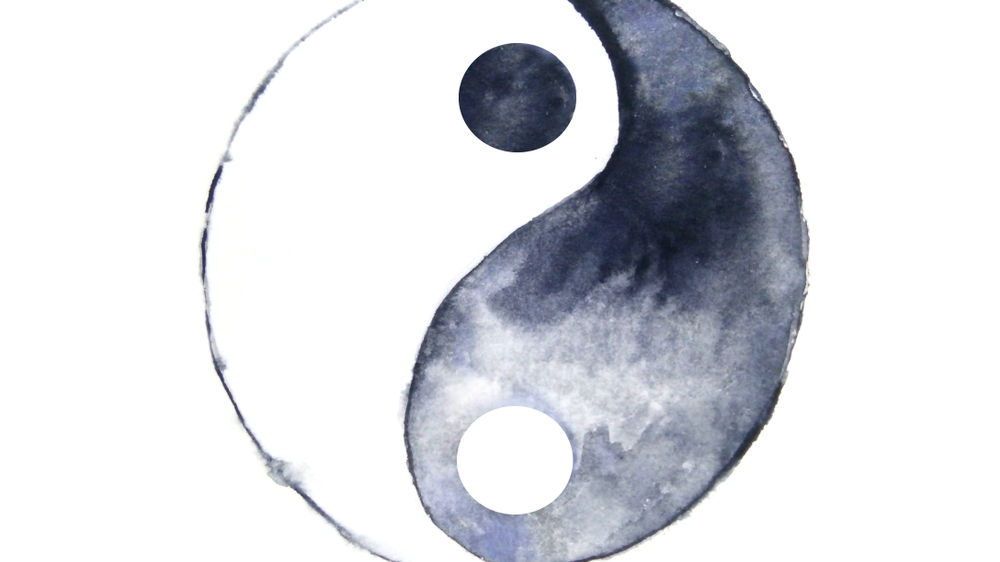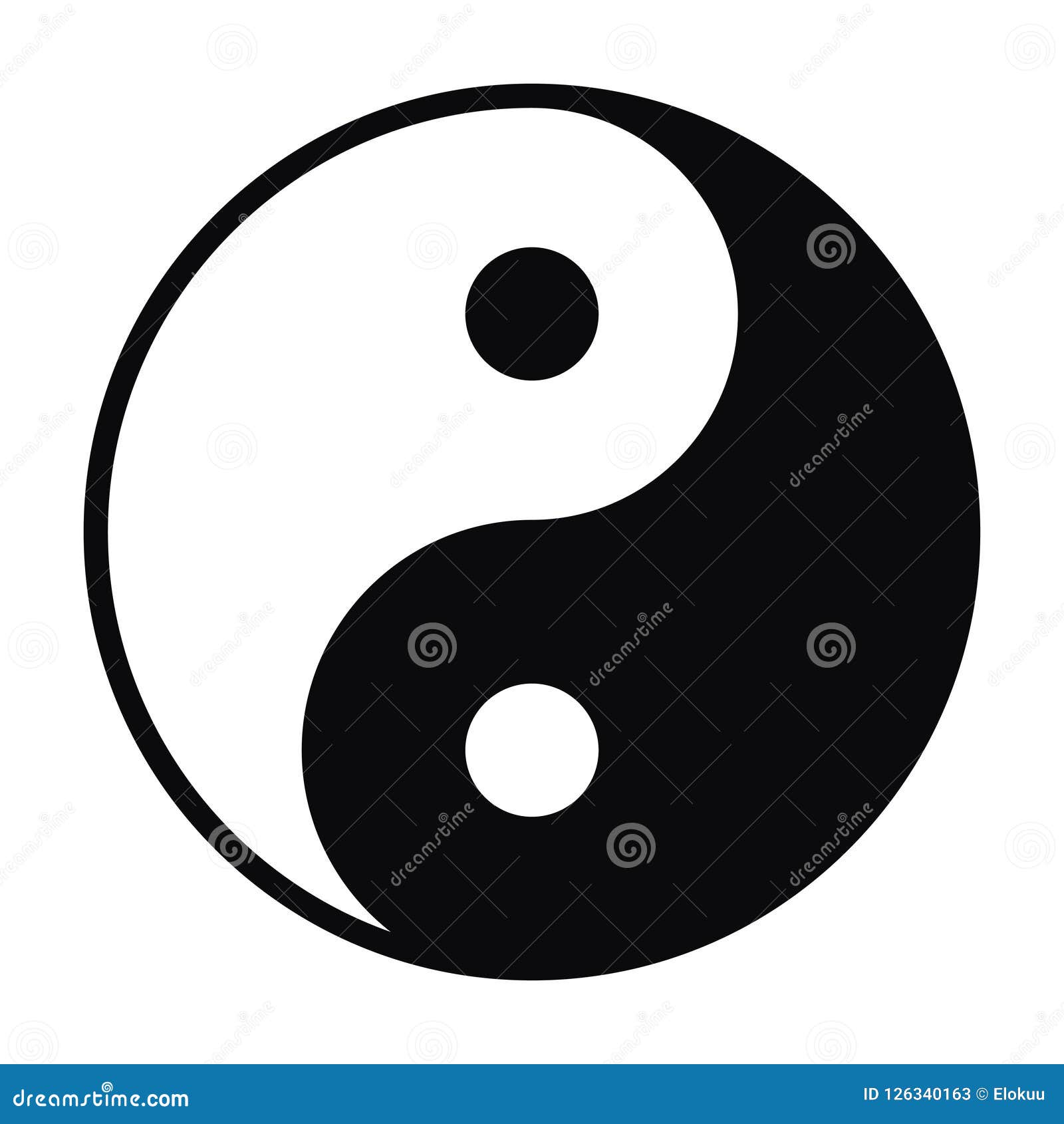

Jeet Kune Do consists of physical techniques and applied philosophies and requires the individual to train him or herself to their most cultivated state of being-ness so that when faced with a combat situation or a challenging personal situation, the tools needed are available in the moment and can be executed without thought. For example, it applies as equally to a human being as it does to a. The techniques and philosophies of JKD can be applied to real combat as well as challenging life situations. Stay true to your own ideas and values, even as you engage with someone elses. Read on to learn: The different meanings of yin and yang What the yin yang symbol means and why it looks the way it does A brief history of yin. You can read more about yin and yang in Chapters 3 and 4 of Sex Again. The basic guiding principles are: simplicity, directness and freedom (the form of no form). Not to mention, which is yin and which is yang Yin and yang principles have a long and fascinating history behind them, and we’ve compiled all the most interesting and important bits in this article. And for the Daoist being is made up of these two elements order and chaos. The symbol is composed of an outer circle enclosing 2 teardrop-shaped halves wrapped around each other. Being is what you experience as a conscious creature. The Yin-Yang is the most prominent Taoist symbol, also often called the Taiji. Now, being is not the same thing as objective reality. The idea of intercepting is key to jkd, whether it be the interception of your opponent’s technique or his intent. The yin yang symbol is interesting for a variety of reasons, because the Daoists believe that the symbol represents being.

Lee wrestled with putting a name to his art as he constantly veered away from any type of crystallization (and thereby limitation) of its essence, however, the simple need to refer to it in some concrete way won out and jeet kune do was born.

The term jeet kune do was coined and put into use in 1967 by Bruce Lee in an attempt to put a name to his martial expression. The art has as its symbolic representation what we call Bruce Lee’s Core Symbol and uses as its main tenet: Using no way as way having no limitation as limitation. Bruce Lee developed an expression of martial arts that was personal to him called Jeet Kune Do (translated: Way of the Intercepting Fist).


 0 kommentar(er)
0 kommentar(er)
